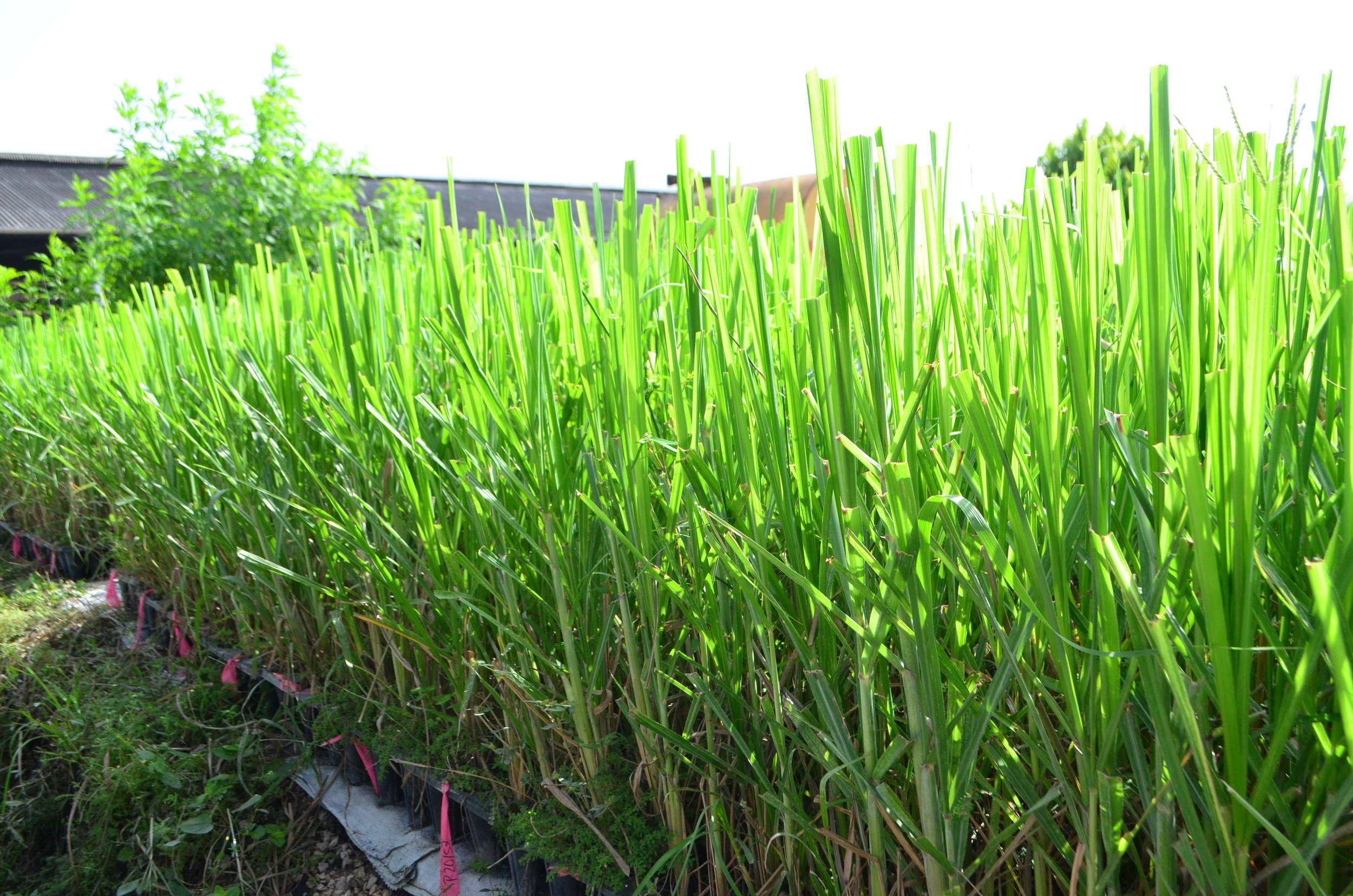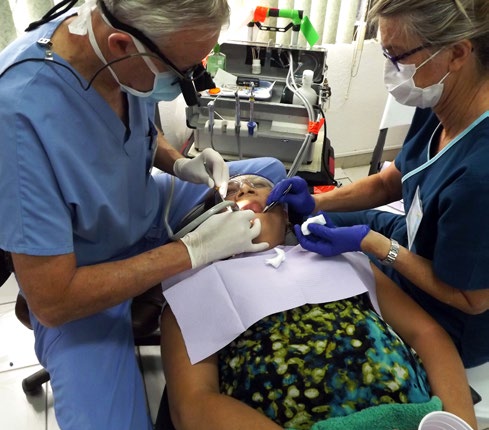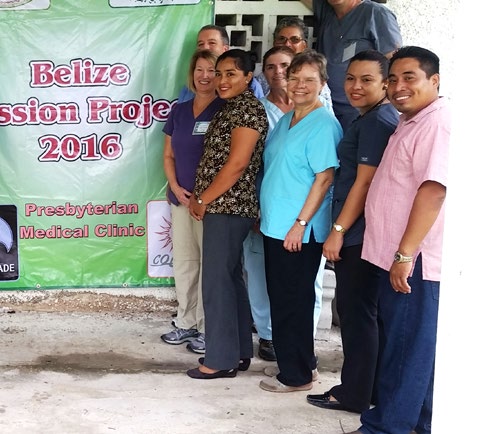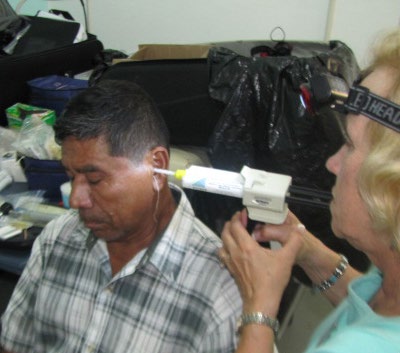We are sure you all know when a mango is ripe and ready to harvest. It will usually look red and yellow, soft and have a sweet smell. However, how can we know when sugarcane is ready to harvest? Can we decide if it is mature enough for harvesting based on how the plant looks? Or do we consider sugarcane ready to harvest whenever our harvesting group leader says it is our turn to harvest? In order to determine when it is best to harvest sugarcane, farmers are encouraged to create a harvesting plan for their sugarcane fields based on five do’s: variety of cane, last date harvested (how old the cane is), maturity or purity of standing cane, location and numbers of acres ready for harvest. But why are these five do’s important? Let us take a look:
1. The variety of cane planted – Each type of variety planted has a different “best time” for harvesting. It is therefore important for you to know if the variety of sugarcane you plant is an early, mid or late maturing variety. For example CP722086 is an early maturing variety while B79474 is a mid to late maturing variety. Also, different varieties have different adaptabilities to a broad range of conditions including the ability to grow on high or lowlands and their vulnerability to pests and diseases.
2. Last date harvested – By keeping a log of the dates when fields were harvested will allow you to know the age of cane in each individual field. It is recommended to harvest cane with a maturity index closest to 100%. If you have sugarcane which you couldn’t harvest for the last crop season (standing cane), it is important for you to know its location and maturity at the start of the new crop season. Standing cane can be “over-mature” or past the “best time” for harvesting at the start of the crop season. If you harvest “over-mature” cane, it will affect the quality of cane you deliver and ultimately the price you receive per ton of cane.
3. Location (low, mid or high terrain) – Weather during the crop season varies. It is important to harvest low-lying fields during dry weather and target high-lying fields during the rainy season to ensure the continued ability to harvest cane and to reduce the amount of mud delivered to the mill.
4. Fields ready for harvest (maturity and purity) – These can be determined by conducting a pre-harvesting sampling. A simple tool such as a refractometer can help in determining the brix and calculate maturity index of sugar cane of your different fields ( see graphic on right-handside on how to calculate maturity index); If interested in a more in-depth sampling, you can also arrange for a test at BSI’s spectracane laboratory where the brix, pol, moisture, fiber and purity of your field’s sugar cane will be calculated.
5. Number of acres to harvest - By determining the number of acres ready to harvest for each week during the crop, you can have a smoother harvesting operation by knowing the amount of cutters, machinery and finance you need for each week.












